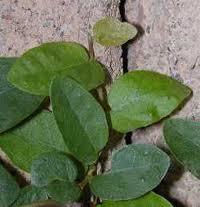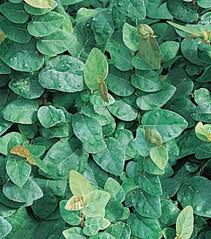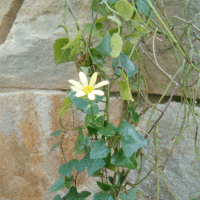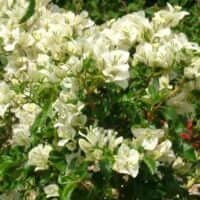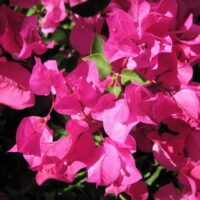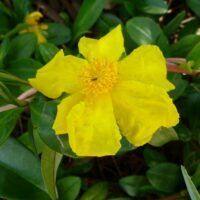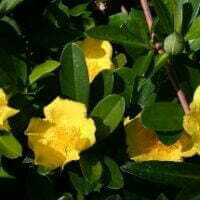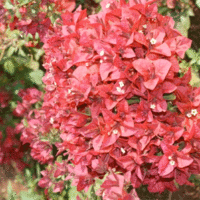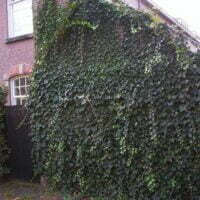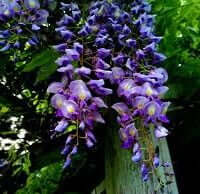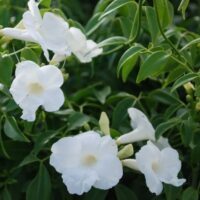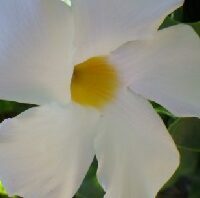| Botanical name | Ficus pumila |
|---|---|
| Plant Care |  Half Sun Half Sun – Prefers 3 To 6 Hours of Sunlight a Day. Frost Hardy Frost Hardy – Can Handle frost without damage.  Moderate Watering Moderate Watering – Requires Regular Watering.  Non Indigenous Non Indigenous – Exotic to South Africa. |
| Categories | |
| Common name(s) | Tickey creeper |
| Origin | |
| Foliage | In the juvenile stage it has tiny, round, dark green leaves, which become quite large, with woody stems, in the adult stage. |
| Uses in landscape design | Can also be used as ground cover. |
| Growth rate | Description: Slow-growing initially. Slow |
| Interesting info | This creeper is one of the neatest and most attractive of the self-clinging climbers. |
| Possible problems | This creeper is excellent for covering walls, but keep it away from house foundations, as it can cause problems. |
| Other languages | Kruipvy (A) |
Ficus pumila (Tickey creeper)
- Botanical name: Ficus pumila
- Common name(s): Tickey creeper
- Categories: Climbers and Creepers
Plant description:
Slow-growing initially, this is one of the neatest and most attractive of the self-clinging climbers. In the juvenile stage it has tiny, round, dark green leaves, which become quite large, with woody stems, in the adult stage. It is excellent for covering walls, but keep it away from house foundations, as it can cause problems. Can also be used as ground cover.
Botanical Pronunciation: FYE-kus PEW-mih-luh.
Ficus pumila requirements and features
info on these icons
Moderate Maintenance
Requires moderate maintenance.
Prohibited Use Notice: No Data Scraping Allowed Except for Search Engine Indexing:
The content provided on PlantInfo.co.za is intended for personal, non-commercial use only. Unauthorized extraction, reproduction, or use of the data, including scraping, for any purpose other than search engine indexing is strictly prohibited. Violations of these terms may result in legal action. By accessing and using this website, you agree to comply with these conditions and acknowledge the legal restrictions on the use of our content.
In the juvenile stage it has tiny, round, dark green leaves, which become quite large, with woody stems, in the adult stage.
